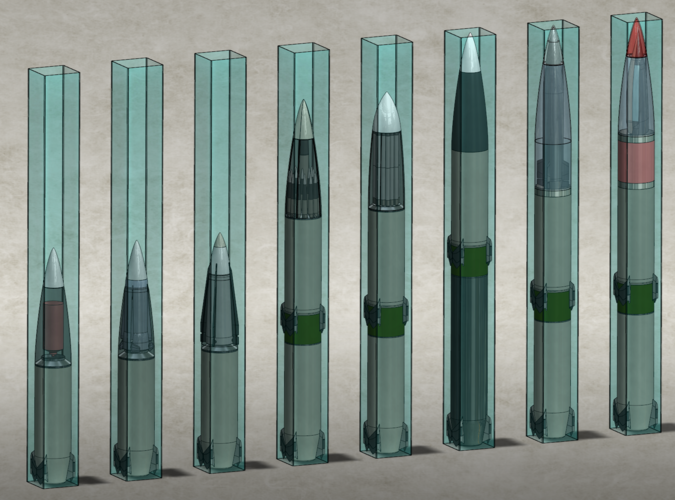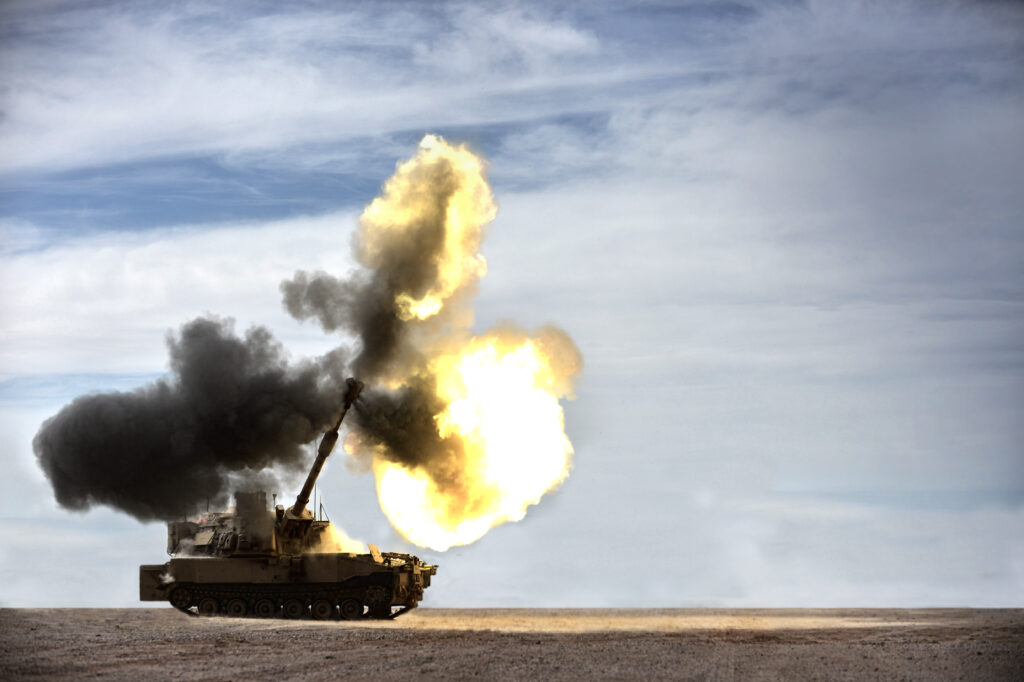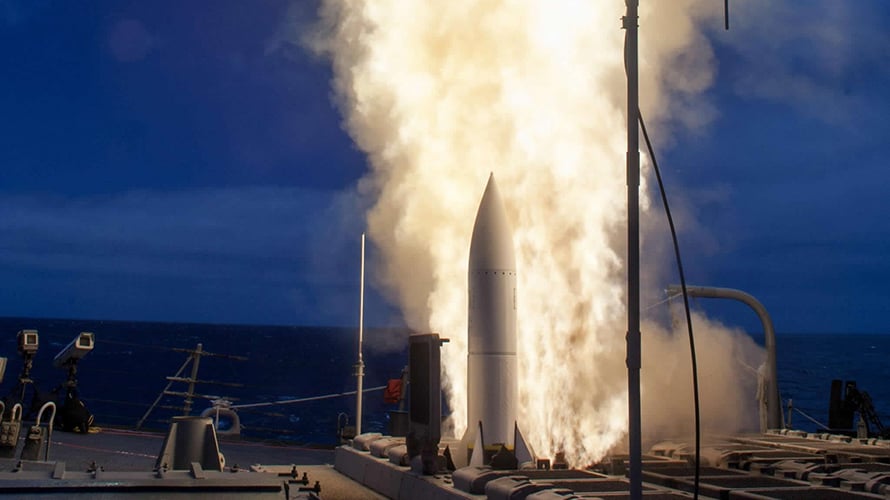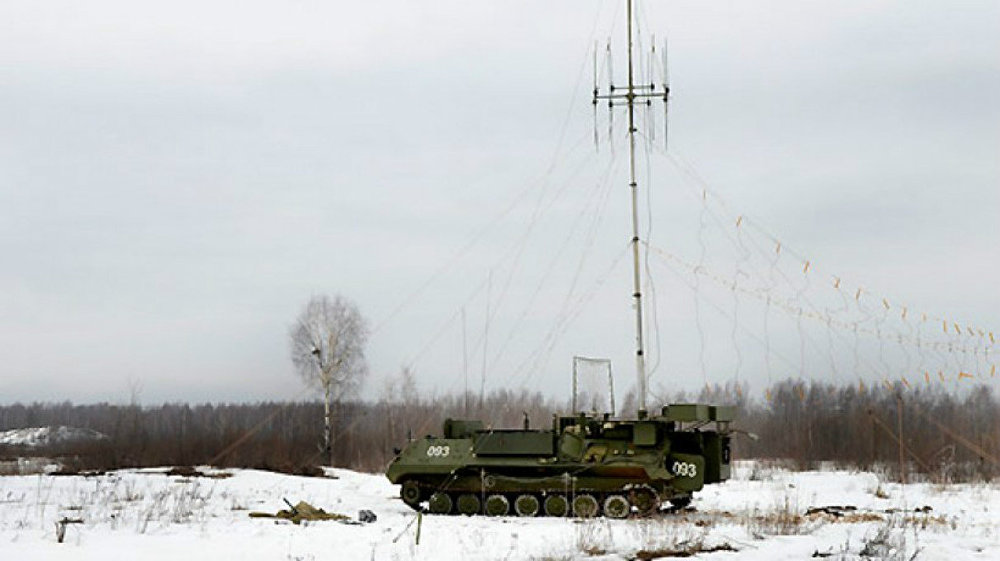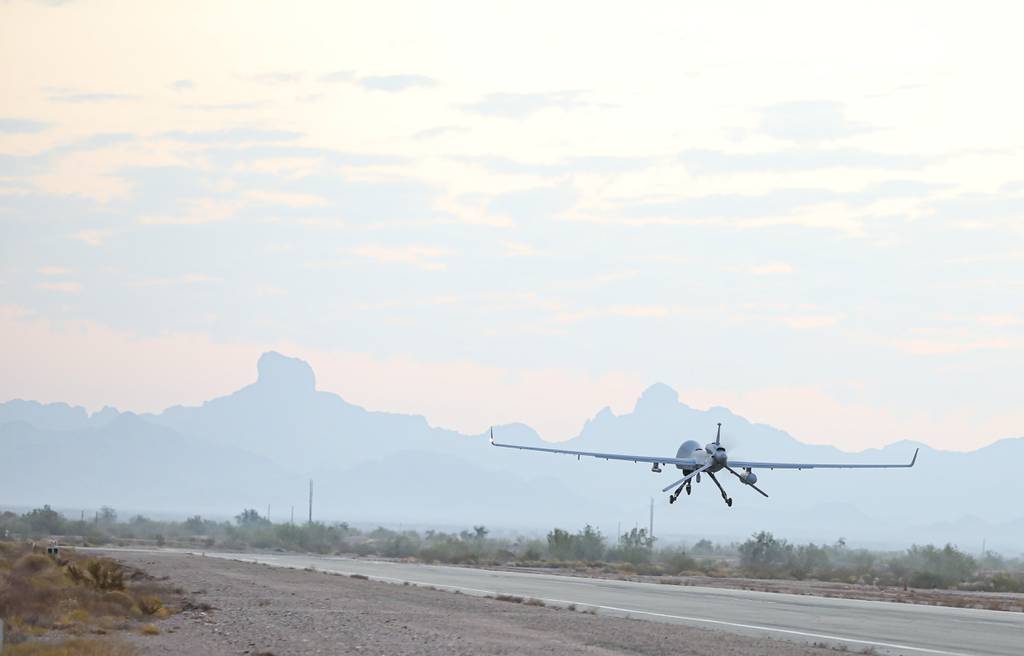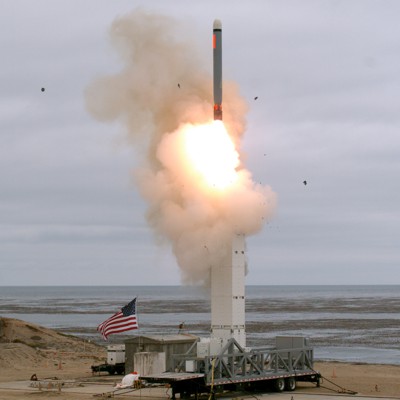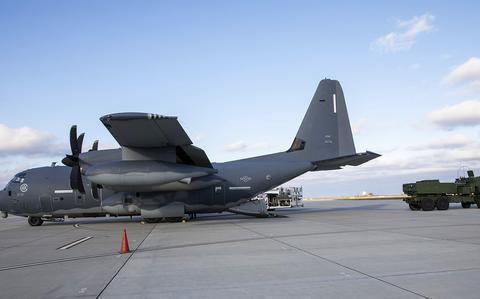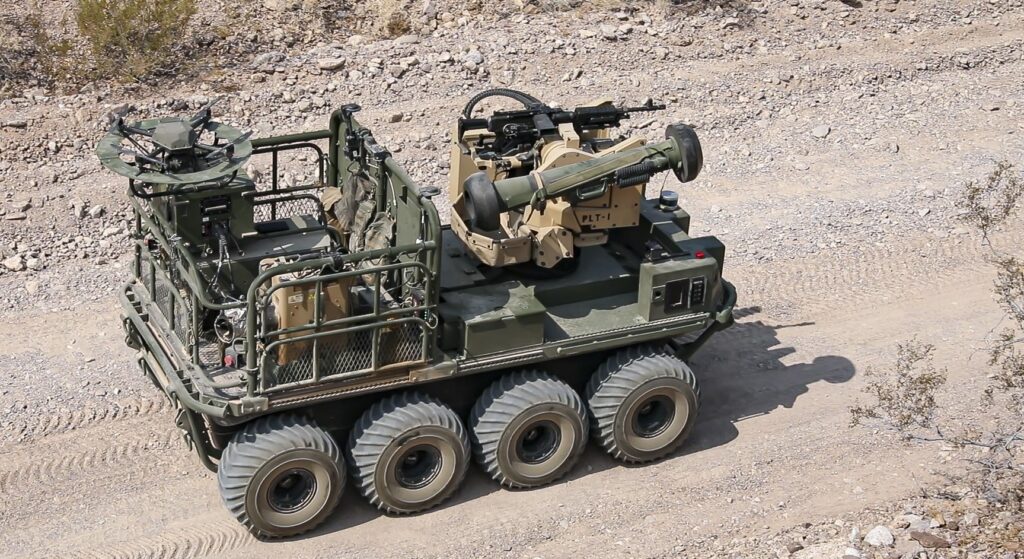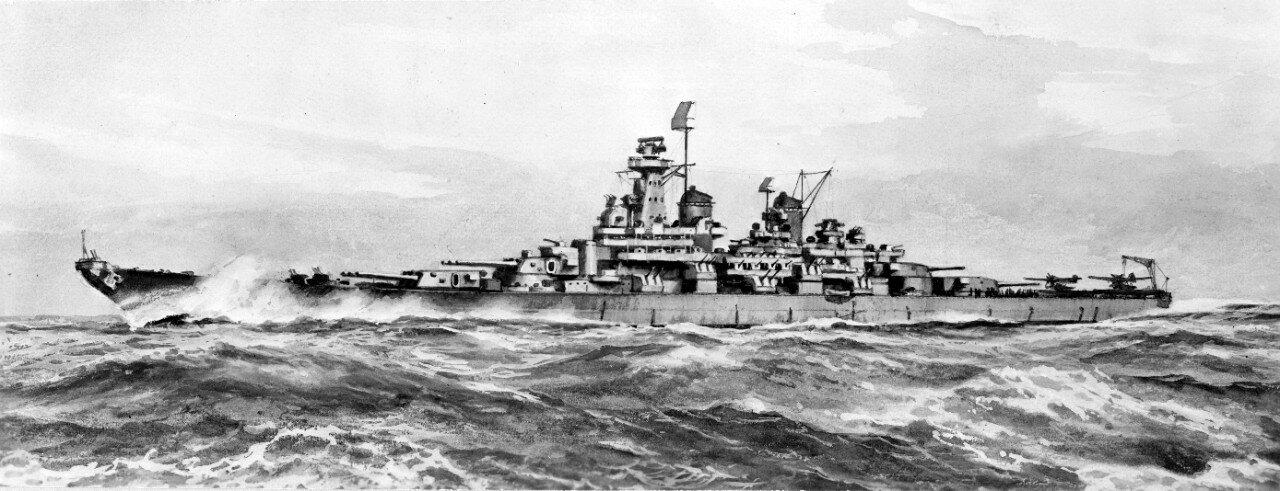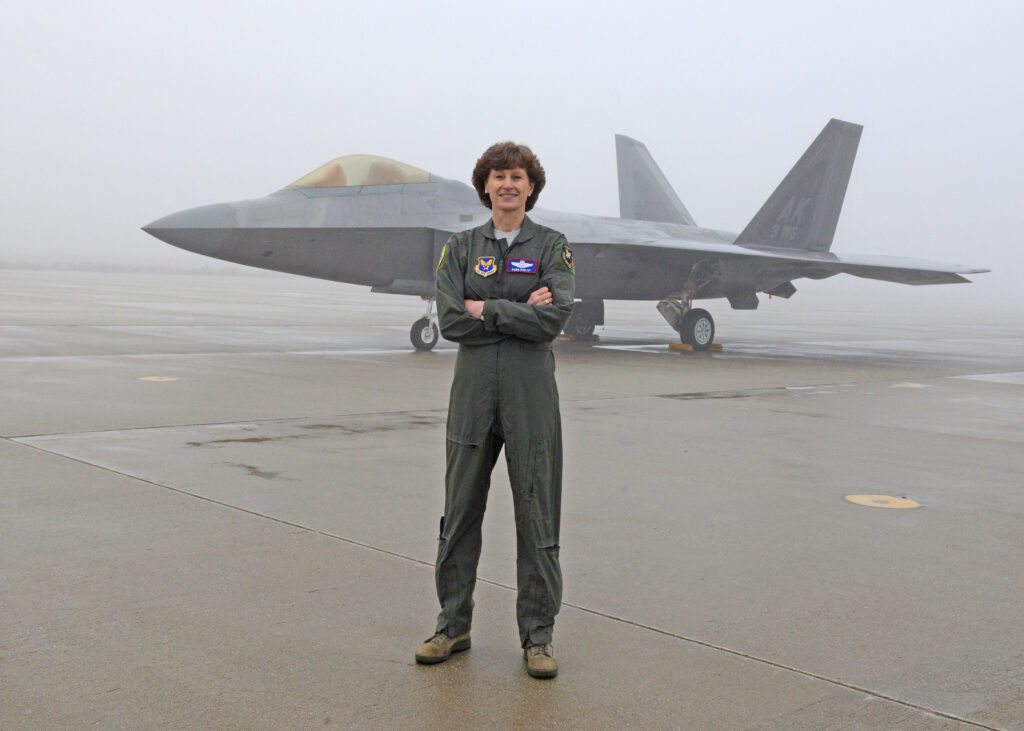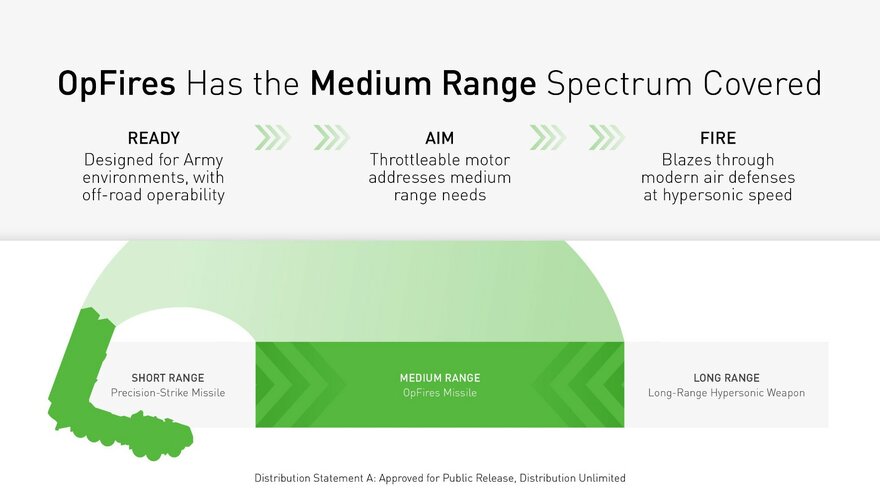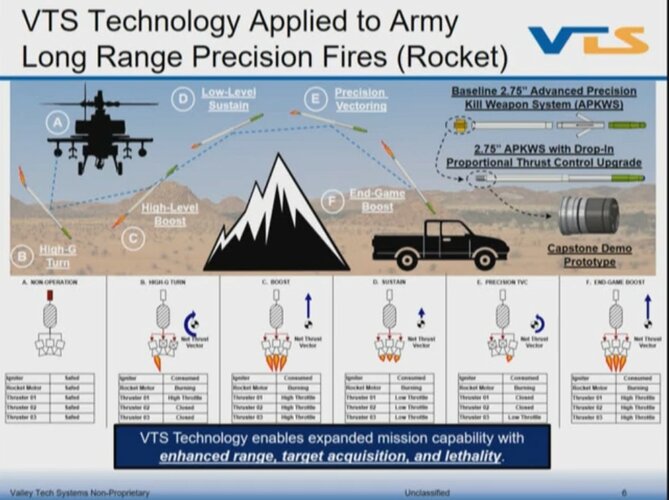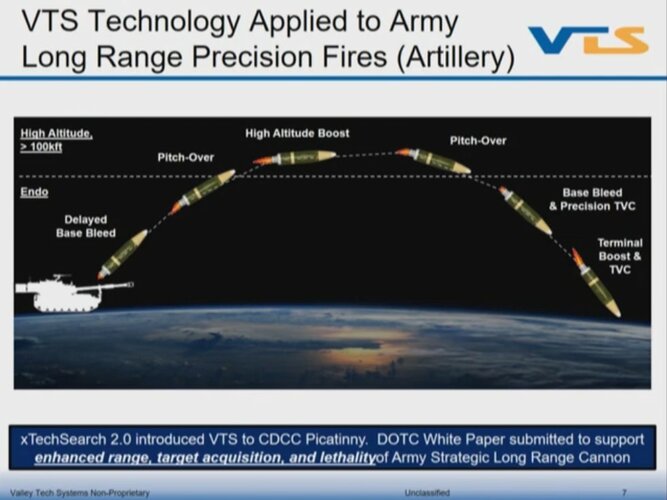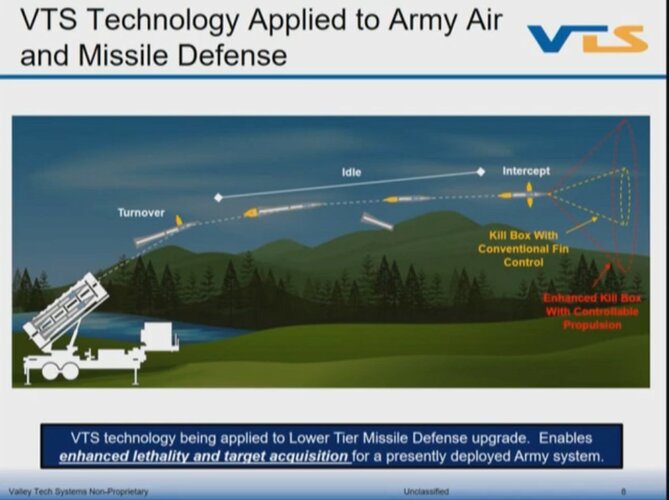I'm doing some research for a project at work - does anyone know what the 21" motor on the SM-3 block IIa is? I'm assuming the booster is still the Mk 72, but what about the second stage? is it an enlarged derivative of the Mk 104?
Fairly certain it's a clean sheet design. If you don't mind me asking, what's your "project at work"?

How to send my boss in LEO orbit!

Just kidding, I'm afraid i can't tell much, but the booster and motor are needed to get an unspecified "package" a long distance away from a surface combatant (or SSGN, the CONOPS wasn't entirely fleshed out).
We're not going to get a bespoke first and second stage designed just for us, so I'm considering existing booster/motor stacks as well as what launchers (and hence platforms) they fit in. So obviously 21" diameter seems like a nice design point, with lots of motor options as well as platforms capable of hosting systems that size. However, am i right in saying that the VLS can accommodate larger diameters? what's the biggest thing that's ever been fit?

